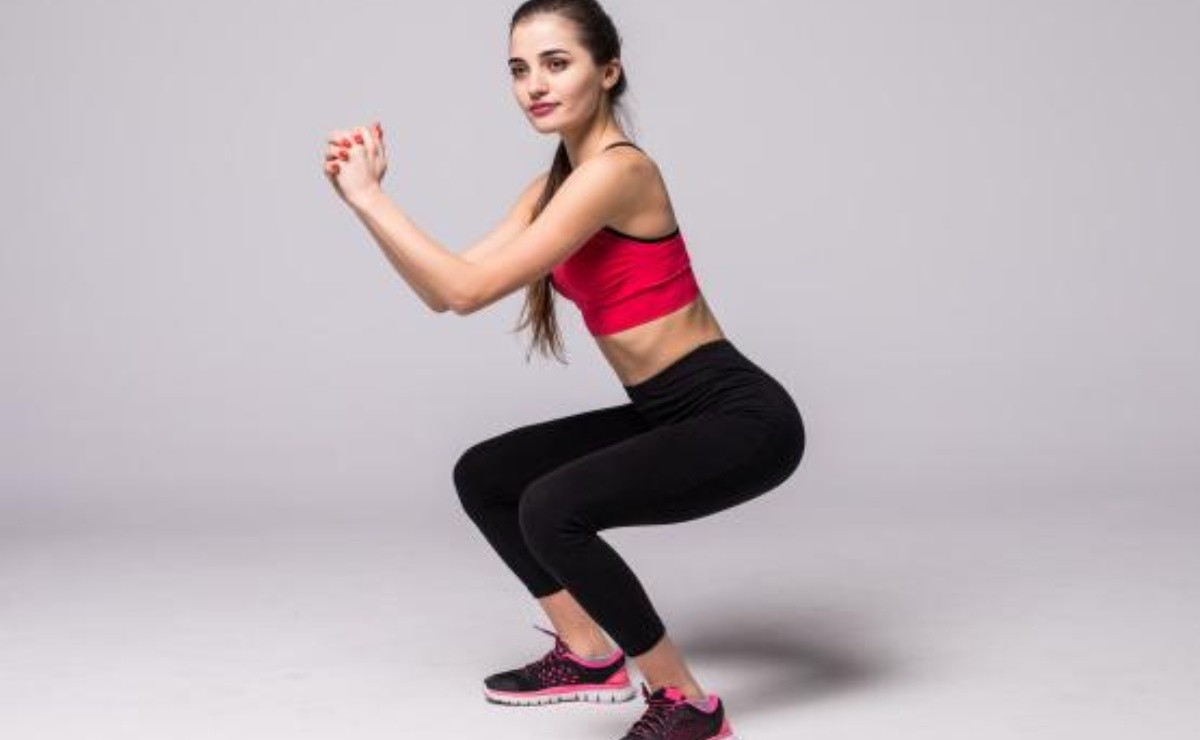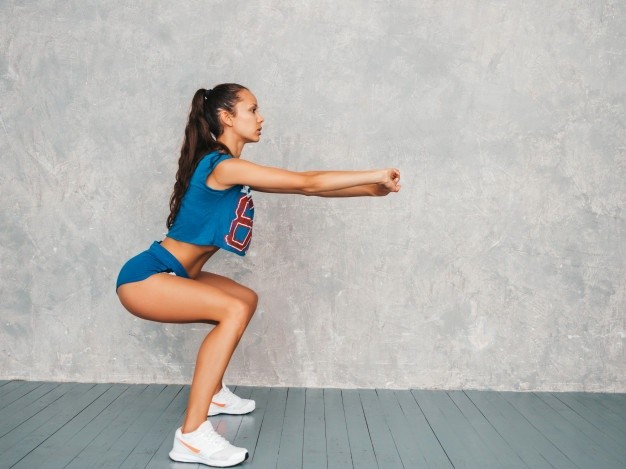
Both the amount and the way in which the squats are performed will influence getting round and raised glutes.
When it comes to stylizing the figure , the exercises that can help us achieve it should be taken into account. Among the list are squats that are usually one of the most complete, since apart from working the legs and glutes , it also works with balance and strengthens the muscles.
However, the times you perform them has a lot to do with achieving the effect you want. So you must know how many squats you should do to have firm and round glutes.
Doing 80 to 100 squats a day might seem like an impossible figure, but it all depends on the difficulty of the exercise, that is, a deep squat is not the same as a static or bouncing squat.

With regard to the classic squat, the ideal number is 50, but if you want to see quick results you need to make variations so as not to accustom the muscle, you must also add weight, among other things.
Here are some suggestions so you can see real results.
First two weeks: do 5 sets of 10 repetitions. 50 in total.
Second fortnight: Increase the repetitions from 15 to 75 in total
After a month: Incorporate a weight like weights.
Squat according to your goals.
If you want to work quadriceps: feet shoulder width apart.
To work adductors and glutes: feet wider apart, toes pointed out.
If you want to activate your metabolism and work on flexibility, try the yogi squat.
How low should the squats be?
Try using the rock-back quiz to find out.
1.- The rock-back hip test begins supported by four points with the knees slightly apart and the lower back naturally arched.
2.- Little by little, push your hips back until you feel movement in your lower back, a sign that you are losing that arch.
3.- Extend your knees wider and repeat. Continue until you find the position that allows the deepest range of motion without any change in your lower back.
4.- Try again with the feet at an angle, to see if you can go down a little more.
5.- Apply that position in your squats.